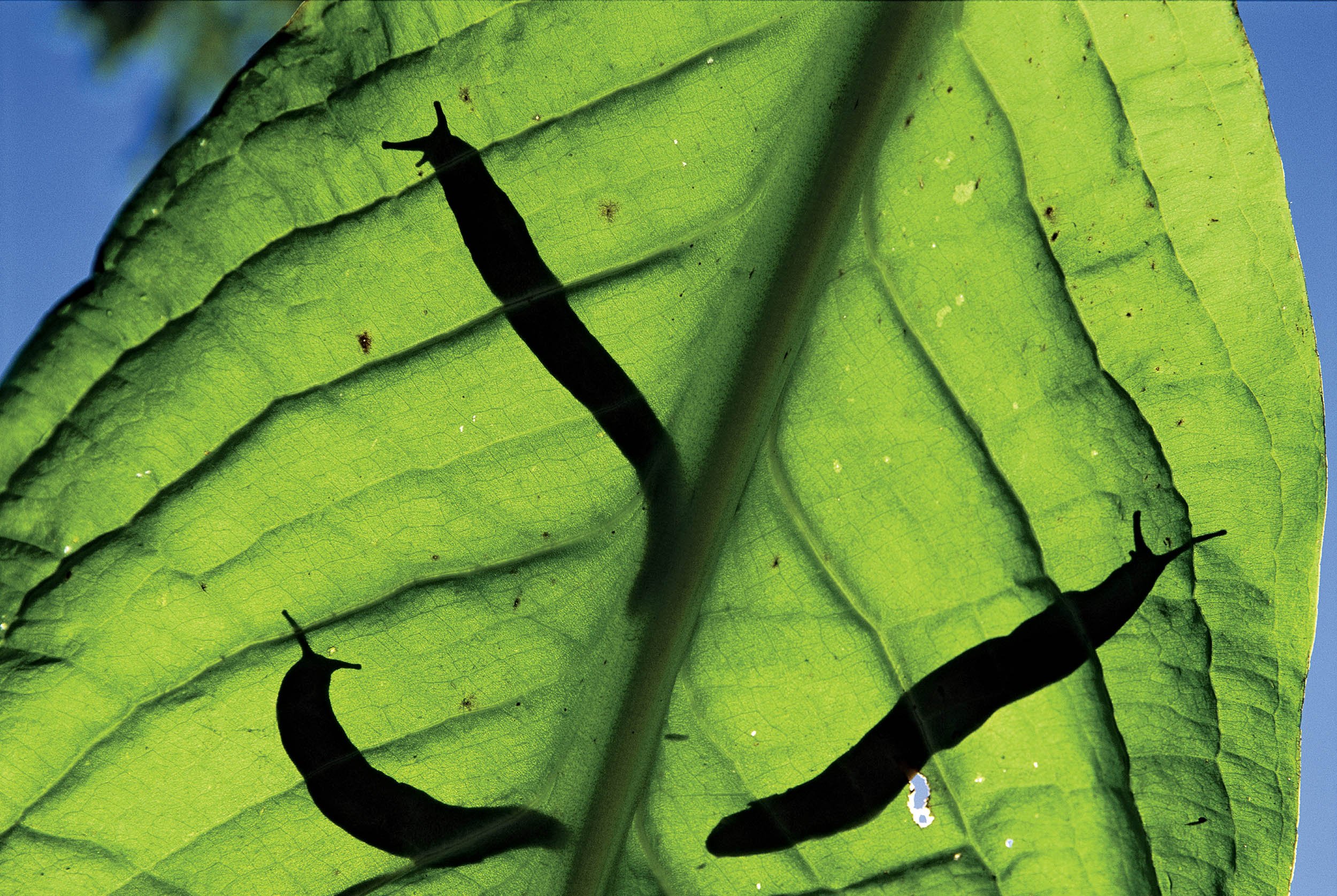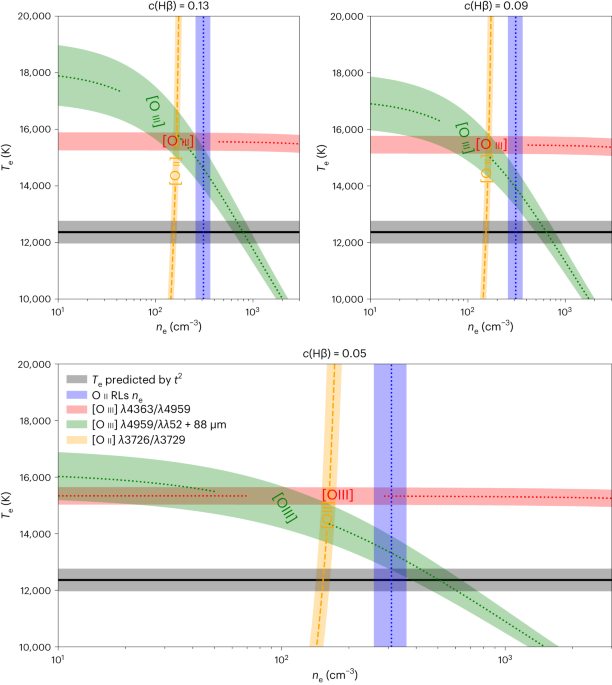
- Select a language for the TTS:
- UK English Female
- UK English Male
- US English Female
- US English Male
- Australian Female
- Australian Male
- Language selected: (auto detect) - EN
Play all audios:
By Nsikan Akpan Newsweek AI is in beta. Translations may contain inaccuracies—please refer to the original content. Read original 🎙️ Voice is AI-generated. Inconsistencies may occur. ✖
"If you went and looked at the right time of day, the whole farm would be silvery with slime." That's how pest consultant Gerard Troisi describes the slug dilemma in
Lewisburg, Pennsylvania. Outbreaks of the snotty pest are troubling the state's soybean farms, and it seems as if Troisi's phone buzzes more frequently each spring, as people seek
his expertise. This year, he might add a new recommendation: fewer neonics. Neonics—or neonicotinoids—are a popular type of neurotoxic insecticide, and a recently published report shows that
slugs can consume the compounds and survive. The slimeballs then act as a poisoned meal for predatory ground beetles, which typically keep the slugs and other farm pests in check. After the
poisoned beetles perish, the slugs that didn't get eaten run amok and damage farms. It's the first evidence that neonics travel via the food chain, from one animal to the next.
Neonics cover about half of America's soybean seeds and 95 percent of corn seeds, the two biggest cash crops for commercial farms in the country. They are designed to ward off
seed-munching insects, and in theory, shouldn't bother carnivores like predatory ground beetles, which eat slugs or other bugs. But in recent years the compounds have been found to have
some unintended environmental effects. In 2013, Europe suspended neonic use for two years after the pesticide was linked to the die-offs of honeybees, vital crop pollinators. Though they
are still in use in the States, the U.S. Environmental Protection Agency concluded this past October that "these seed treatments provide little or no overall benefits to soybean
production in most situations." "One of my main concerns with neonics is that they've been used regardless of need," says insect ecologist John Tooker of Pennsylvania
State University, who co-authored the study published in December 2014 in the _Journal of Applied Ecology._ His co-author, ecologist Maggie Douglas, says their discovery was a bit of an
accident. Three years ago, Douglas was in a lab studying which beetle species are the best natural predators for slugs. She borrowed a few soybeans from a colleague as slug food, not knowing
that they were precoated with the neonic thiamethoxam. "When I came back the next day, most of the ground beetles in the soil plots had died," says Douglas. When they moved the
experiment outdoors and into crop fields, they found that neonic-fed slugs killed 31 percent of nearby beetle predators during the first month of the farm season. With beetles out of the
way, the slugs multiplied. And when the slug population exploded, the farms fell apart: Soybean densities dropped by 20 percent, and crop yields overall fell 5 percent. Douglas conducted the
tests on no-tillage farms, a brand of sustainable agriculture that's expanding in the U.S. If you've ever seen a tractor plow a field with a row of rotating blades, that's
tillage. The process aerates the soil and rips up weeds, but also releases carbon into the atmosphere and causes erosion that washes agrochemical runoff into water supplies. A nationwide
push has steadily removed tillage practices since 2000, especially in mid-Atlantic states in order to preserve the water quality of the Chesapeake Bay. No-till farms now account for over a
third of U.S. crops (and 58 percent of Pennsylvania's). No tillage creates a lot of leftover crop material, "which is fantastic for field production and good healthy soils. But one
trade-off is that it leaves great food for slugs," says ecologist Andy Michel, an assistant professor at Ohio State University. Meanwhile, a warmer and wetter climate over the past few
years in Pennsylvania has compounded the issue—slugs love moist weather. Yet the influence of neonics isn't confined to commercial farms. The compounds can wash into general water
supplies: "As little as 2 percent of the active compound [in neonics] is taken up by the plant," says Jonathan Lundgren of the U.S. Department of Agriculture. "The rest
resides in the soil or washes into waterways." Neonics are tough to remove from the environment, sticking in the soil for up to six years. They're also the millennials of the
agrochemical world, with most being patented in the mid-1980s and early 1990s. When given jobs, the compounds squelch insect pest outbreaks, but as new arrivals, their societal influence
remains undefined. The extent of the human repercussions of neonic spread remains controversial. Farmers briefly exposed to high doses of imidacloprid, a neonic as well as the most popular
pesticide in the world, can experience acute illness like dizziness or vomiting, but neonic levels in drinking water and food produce are much lower. However, long-term studies on human
health haven't been conducted. Based on animal studies, neonics don't cause cancer, but some do carry a slight risk of adversely affecting the development of neurons and brain
structures. On the latter point, European and the U.S. official split opinion. In 2013, the European Food Safety Authority issued a human health warning for two neonics—acetamiprid and
imidacloprid—citing a risk of harming child neurodevelopment, but the U.S. Environmental Protection Agency (EPA) countered that the "recommendations would not impact the agency's
current regulatory positions on these chemicals." Plus if slugs can ingest and pass neonics to predatory ground beetles, other organisms might tolerate the insecticides too and transmit
them through the food chain. Over the course of her research, Douglas also detected neonics in earthworms, important food for birds and other animals. Last July, neonics were tied to
declining bird populations in the Netherlands. So what's the remedy? Neonics are pervasive, and no-till in America is here to stay. One solution might be to douse the fields with
metaldehyde, our one and only anti-slug chemical. But that carries its own risks. Metaldehyde is toxic for wildlife and domestic pets if consumed in large doses, plus impossible to remove if
it rinses into waterways. Jonathan Lundgren, a research entomologist at the U.S. Department of Agriculture, argues that the solution is to rely less on chemicals like neonics and more on
natural competition between pests and predators. One way to encourage competition is through wider use of cover crops, which farmers plant to maintain soil quality rather than harvest for
profit. When planted earlier in the season, cover crops add green matter to the field, says Troisi, which can serve as an alternative food source for slugs so they don't attack
soybeans. Cover crops also provide a habitat for slug's natural enemies like ground beetles or nematodes, which could boost their numbers and serve as a form of biocontrol. It could
save our crops, our planet and us. "We need biodiversity. For every pest insect species out there, there are 1,700 species of insects that are beneficial," says Lundgren. Besides
pollination, these bugs can bolster farm soil, improve the taste of beer and feed animals, like fish, that in turn feed us. In the end, says Lundgren, "we cannot live without these
beneficial insects. Human society would grind to a halt." _Follow Nsikan Akpan on Twitter @MoNscience._ To read how Newsweek uses AI as a newsroom tool, Click here.
:max_bytes(150000):strip_icc():focal(319x0:321x2)/people_social_image-60e0c8af9eb14624a5b55f2c29dbe25b.png)







